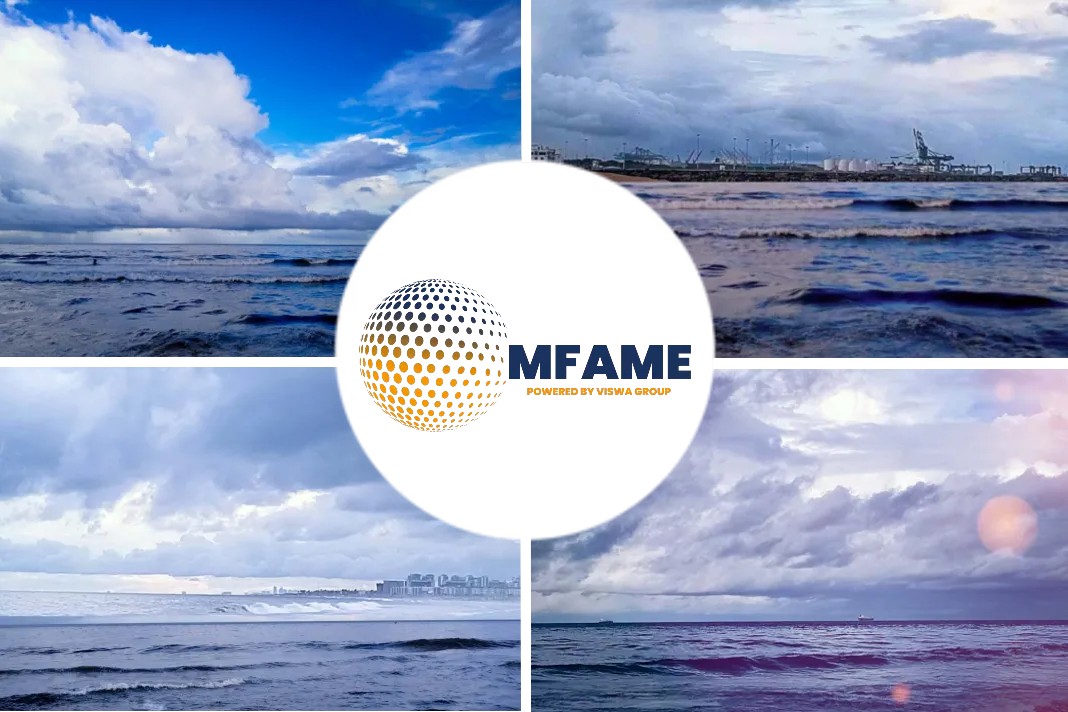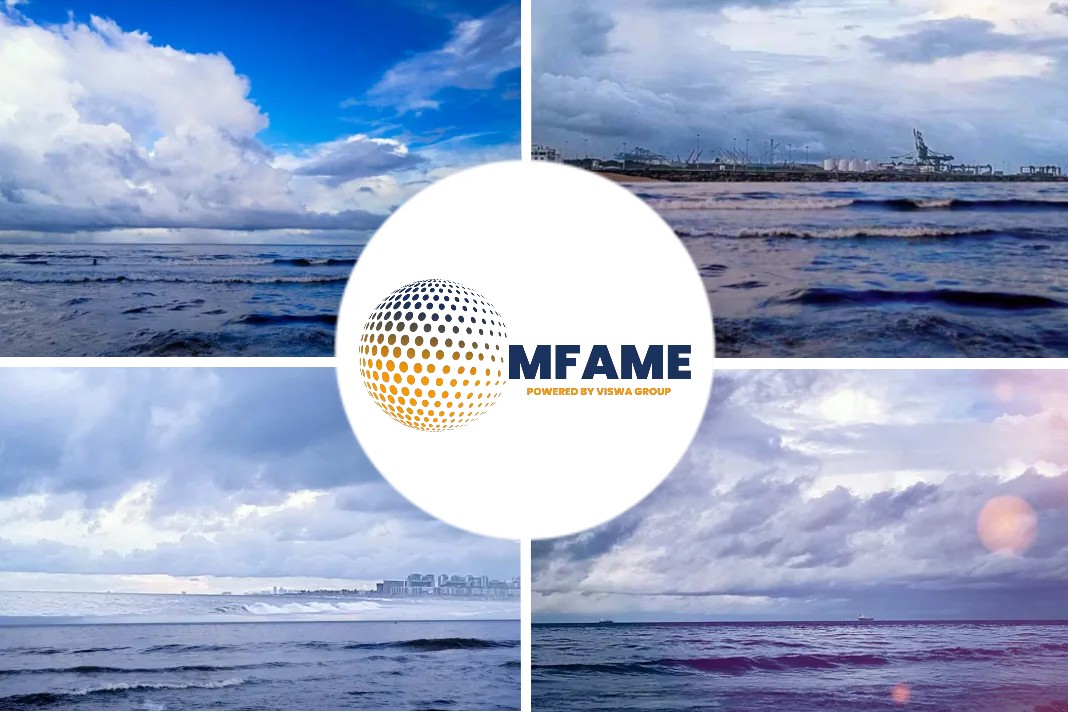- GasLog Limited showed increasing YOY top-line revenues as a few of its newbuild vessels hit the water.
- This growth is likely to continue over the coming years as the company has a number of new ships under construction.
- The company’s newbuilds have already secured long-term charters, which essentially guarantees that they will actually produce revenue growth when complete.
- The industry as a whole is quite strong as a record amount of new LNG capacity is scheduled to come online over the next few years.
LNG tanker giant GasLog Limited (GLOG) announced its third quarter 2019 earnings results on Nov 6.
At first glance, these results were very disappointing as the company managed to beat the expectations of its analysts in terms of top-line revenues but also posted a net loss and missed their earnings expectations, reports Seeking Alpha.
A closer look at the company’s results shows a somewhat different story, though, as the industry did strengthen somewhat and GasLog was able to take some steps that position the company well to take advantage of the expected forward strength in the industry.
Overall then, there certainly appears to be a lot to like here and the company’s story continues to play out.
Highlights from GasLog Limited’s third quarter 2019 earnings results
- GasLog Limited brought in total revenues of $165.586 million in the third quarter of 2019. This represents a 4.54% increase over the $158.398 million that the company brought in during the prior-year quarter.
- The company reported an operating profit of $70.389 million during the most recent quarter. This compares somewhat unfavorably to the $74.246 million that it reported in the prior-year period.
- GasLog received a ten-year charter from a customer to provide a floating storage unit for a gas-fired power plant being developed in Panama. It has decided to convert the GasLog Singapore into a new use to fulfill this charter.
- The company took delivery of the GasLog Warsaw liquefied natural gas carrier, which promptly began working on a two-year charter with Cheniere Energy (LNG).
- GasLog Limited reported a net income of $8.889 million in the third quarter of 2019. This compares very unfavorably to the $39.261 million net income that the company reported during the third quarter of 2018.
Moderate increment in revenues
The company saw its revenues increase somewhat compared to the prior-year quarter. The primary reason for this is that GasLog has added two new ships to its fleet since the third quarter of last year.
- The first of these vessels was the GasLog Gladstone, which the company took delivery of on March 15, 2019. This vessel has been working under a multi-year contract with Royal Dutch Shell (RDS.A) (NYSE:RDS.B) since that date.
- The second vessel that was added to the company’s fleet was the GasLog Warsaw, which was delivered on July 31, 2019. This vessel is currently working under a multi-year contract with Endesa. The ship was awarded this contract prior to its delivery as was the GasLog Gladstone.
The willingness of customers to put vessels under long-term contracts is just one piece of evidence which shows that the market for LNG carriers is quite strong and strengthening.
It should be fairly obvious why the acquisition of these ships would boost the company’s revenues as they each are bringing in money in addition to those vessels that were generating revenue for the firm in the prior-year quarter.
It did not have the incremental revenues from the GasLog Gladstone and GasLog Warsaw in the third quarter of 2018.
It is also worth noting that the GasLog Warsaw is likely to generate more revenues for the company in the fourth quarter than it did in the third. This is due to the fact that it was delivered on July 31, as already noted.
Thus, it only generated revenues for about two months out of the period. This will not be the case in the fourth quarter as this ship will be generating revenue for the entire period.
This added month of operation will boost the company’s revenues when compared to the third quarter.
GasLog’s growth is unlikely to stop
This is because the current strength in the LNG carrier market has caused the company to be able to secure multiple long-term charters, including on vessels that have not been constructed yet.
As we can see here, GasLog is currently building seven ships that will start on long-term charters as soon as they complete their construction:
This is similar to the situation that we had with the GasLog Gladstone and GasLog Warsaw as both vessels also had long-term charters in place before leaving the shipyard.
This is especially nice in the case of these seven as-yet-unnamed vessels as it ensures that GasLog is not building ships without being certain that it will be able to immediately charter them out and should be able to generate a positive cash flow from them straight off the bat.
This should help the LNG carrier industry avoid the oversupply problem that plagued the offshore drilling industry in the middle of this decade as that industry saw numerous contractors order new rigs with no guarantee as to whether or not a contract could be secured.
There were a record number of liquefied natural gas product sanctions in 2019. This is likely to cause the amount of new production of the compound to surge over the coming years.
In fact, current projections are for approximately 137 mtpa of new capacity to come online over the 2019-2024 period:
As expected, this is causing the demand for vessels to climb as the companies involved seek to secure all of the carrier capacity that they need to carry out their own ambitions.
Long term charters
The most reliable way to do this is by locking the vessels into long-term charters as the prices in the spot market can be volatile and there is not always a guarantee of even being able to charter the needed capacity.
It appears that energy companies generally agree with this as the number of carriers receiving long-term charters (six months to seven years) has been climbing over the past two years:
This is generally a positive thing for the owners of these carriers as long-term charters provide a more stable and reliable source of revenues and cash flows than trading the vessels in the spot market would.
This is one of our theses for investing in GasLog Partners (GLOP), which specifically focuses on operating vessels under long-term charters.
It seems likely that we will continue to see an increase in long-term chartering going forward as the world’s liquefied natural gas providers continue to use these contracts to ensure that they have the capacity that they need.
Conclusion
GasLog Limited managed to deliver reasonably solid results despite the initial headline disappointment. The company remains a leader in a growing industry and appears very well-positioned for forward growth itself.
The industry as a whole seems to be moving towards long-term charters, and as the percentage of GasLog’s fleet that is covered by these contracts increase, we will likely see its cash flows stabilize as the company continues to grow.
Overall, GasLog looks like a very solid way to play the growing LNG tanker industry.
Did you subscribe to our daily newsletter?
It’s Free! Click here to Subscribe!
Source: Seeking Alpha


















![[Watch] Crazy Power Needed to Move World’s Largest Containerships](https://mfame.guru/wp-content/uploads/2023/11/mfame-tanker-100x70.jpg)

